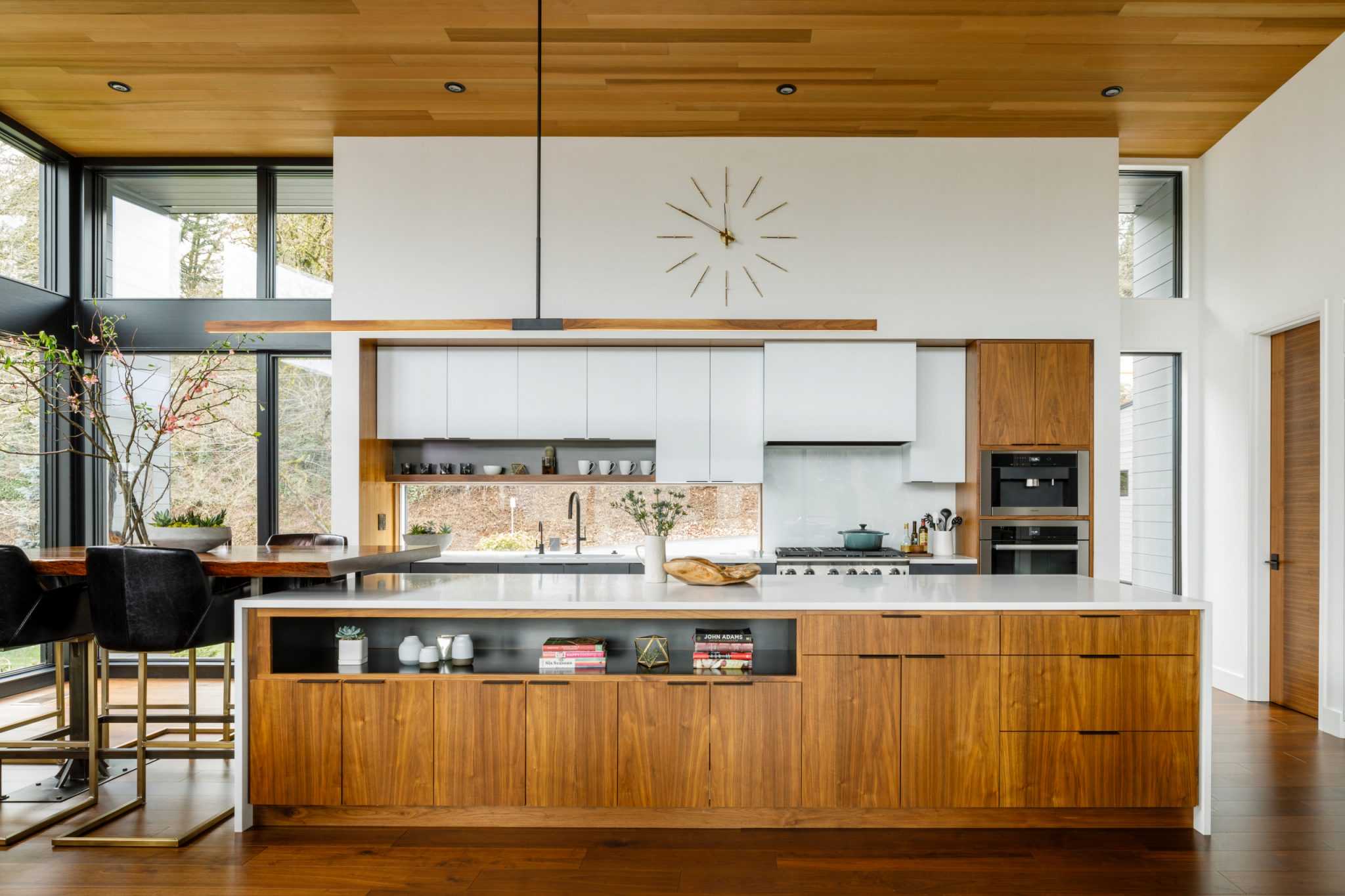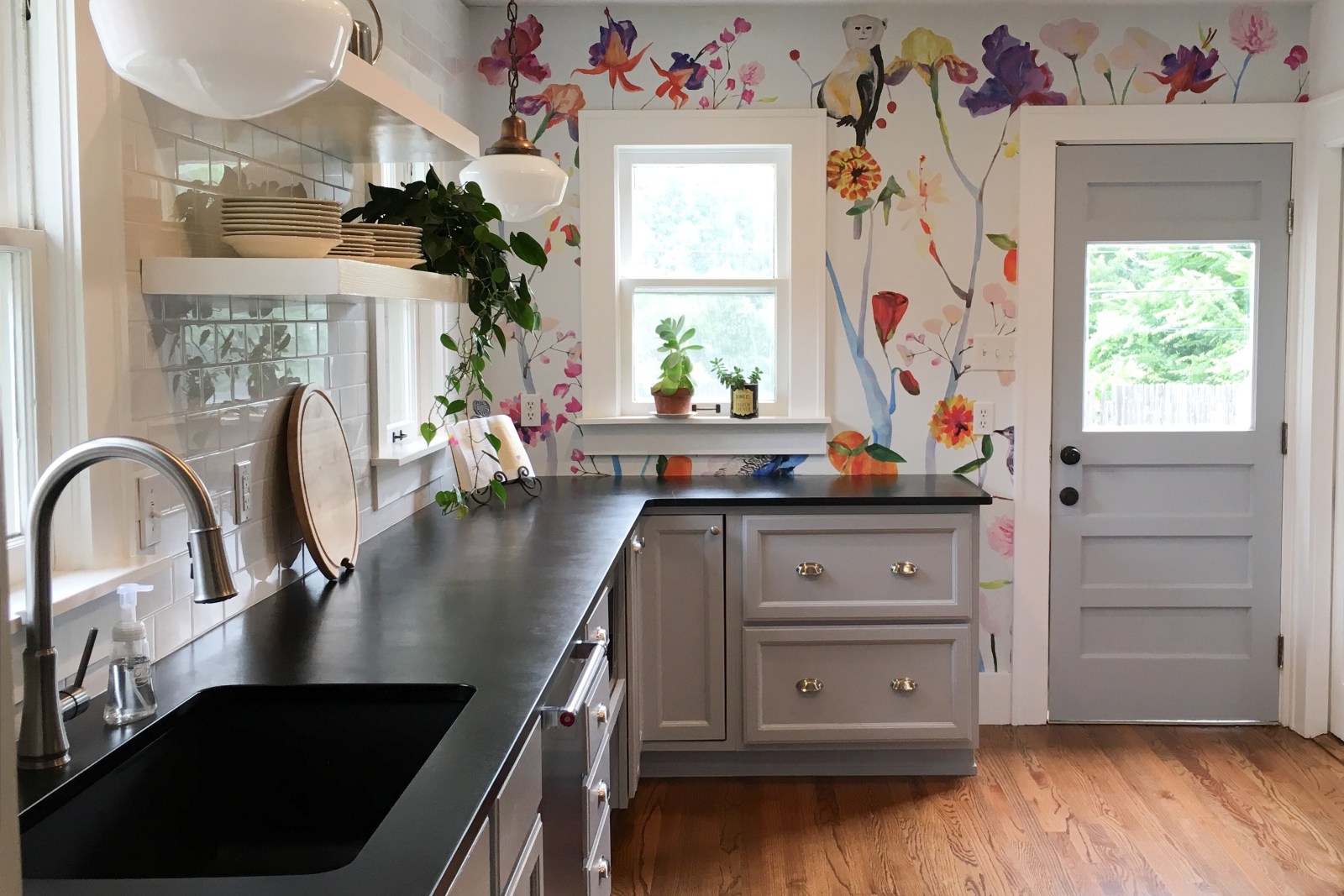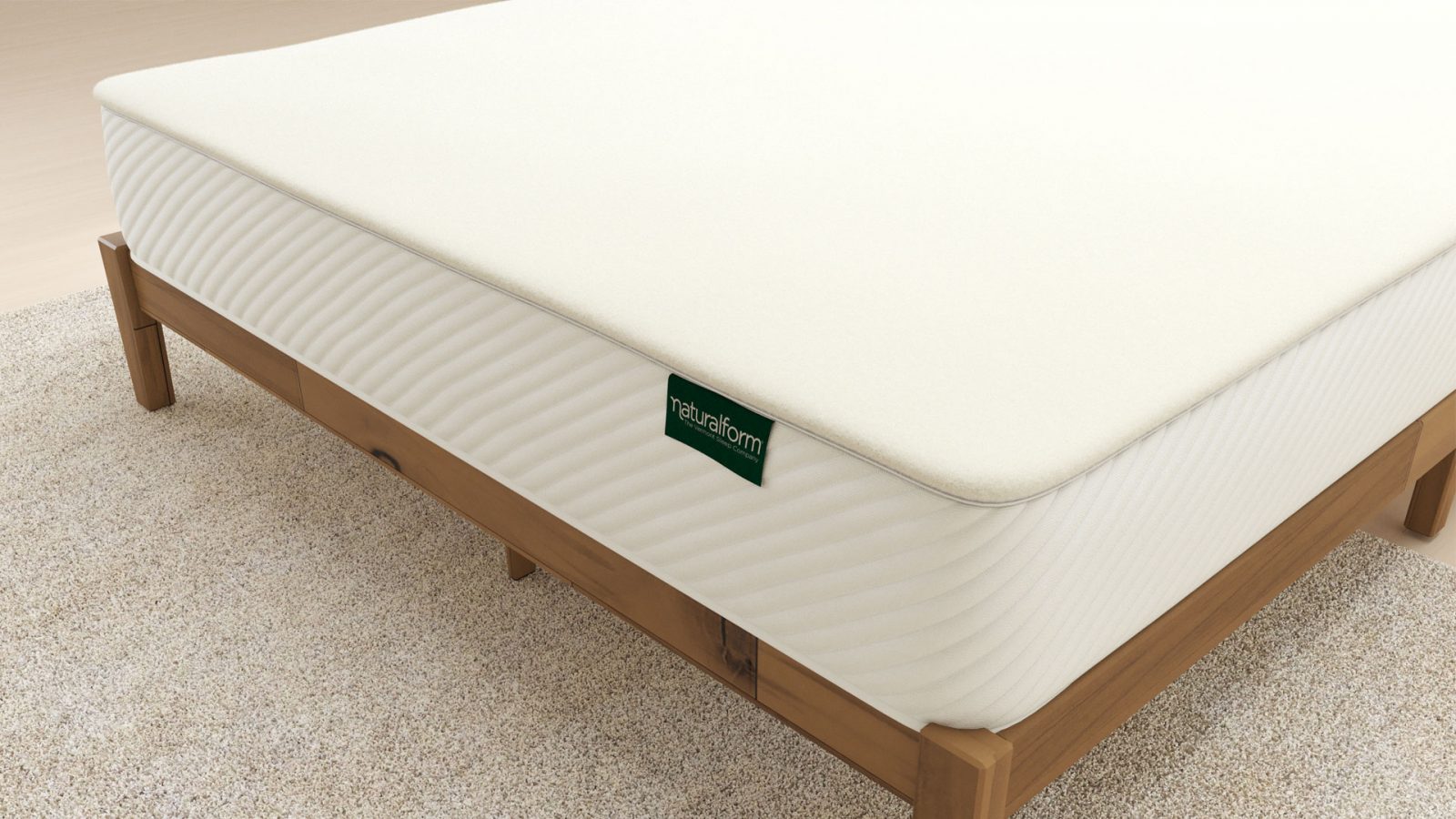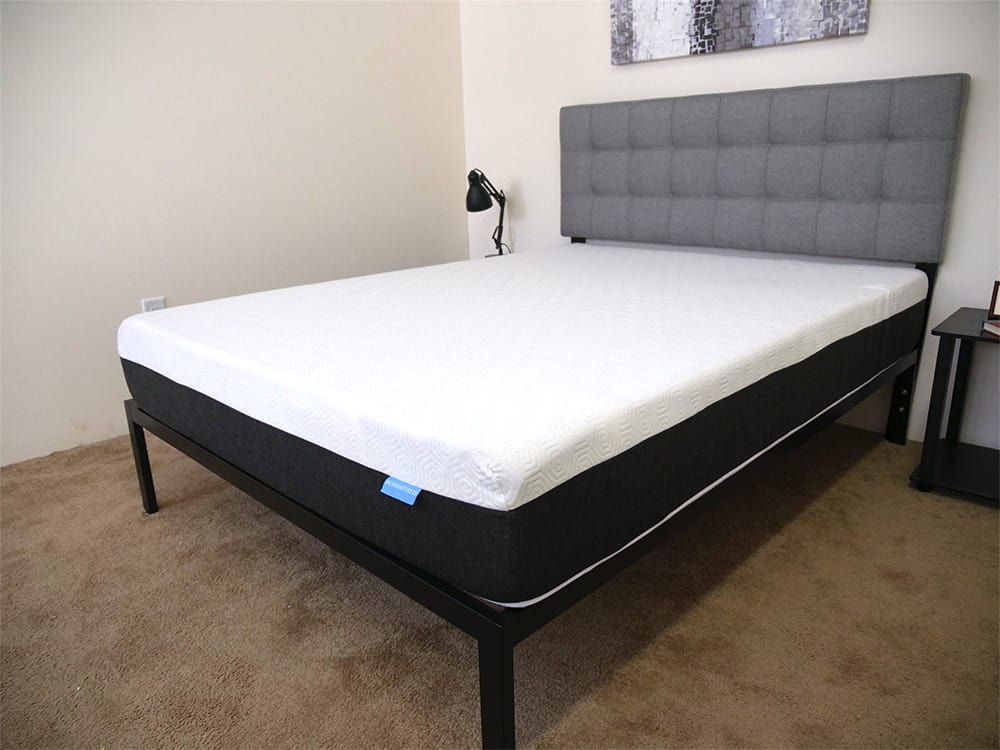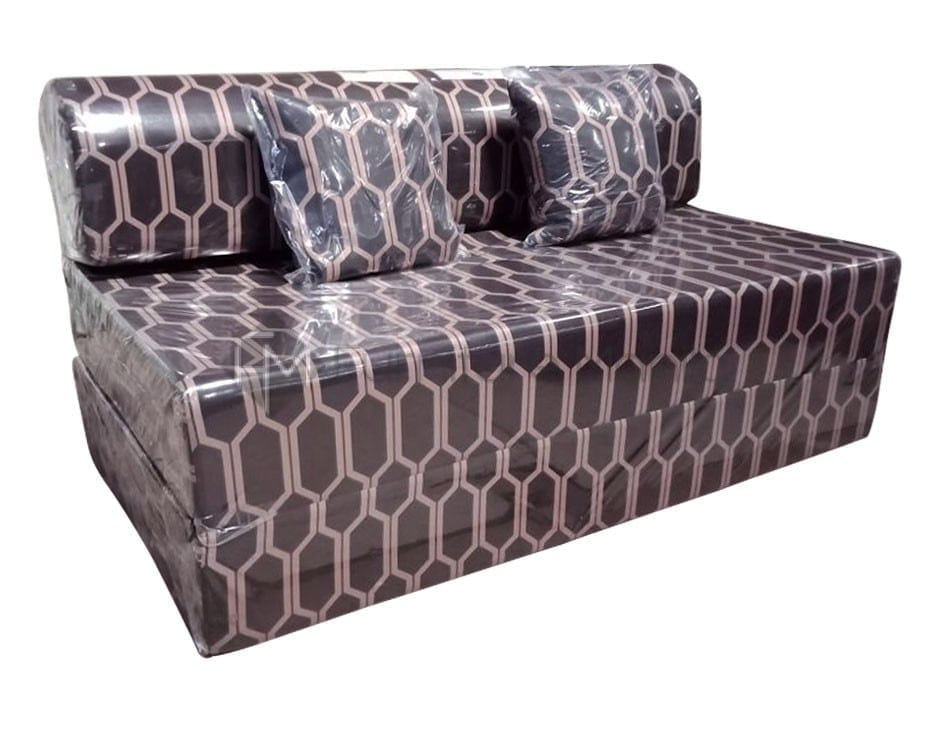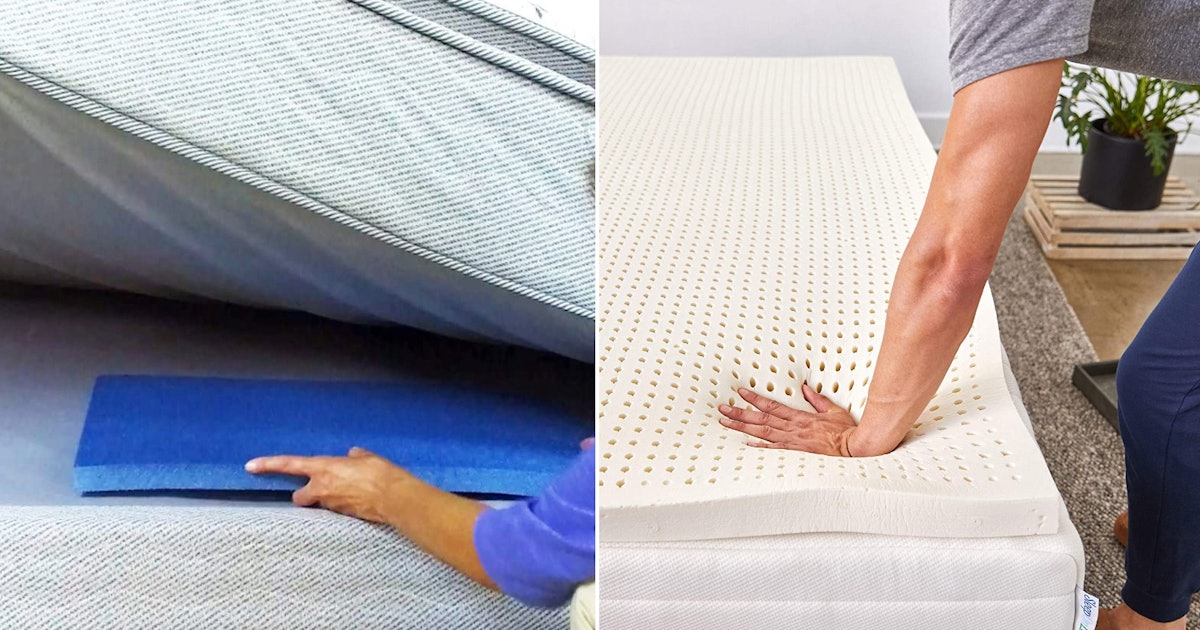Adding a plank wall to your kitchen can instantly elevate the look and feel of the space. It adds texture, warmth, and character to an otherwise bland wall. If you're interested in incorporating a plank wall into your kitchen design, here's a step-by-step guide on how to install one: First, measure the wall you want to cover and purchase enough planks to cover the area. You can choose from a variety of materials such as wood, reclaimed wood, or even faux wood planks. Make sure to choose planks that are sturdy and durable enough for kitchen use. Next, prepare the wall by cleaning it and removing any old wallpaper or paint. Sand down any rough spots and fill in any holes or cracks with putty. Allow the putty to dry and then sand it down to create a smooth surface. Now it's time to start installing the planks. Begin at the bottom of the wall and work your way up. Apply a generous amount of construction adhesive to the back of the plank and press it firmly onto the wall. Use a level to ensure that the plank is straight before moving on to the next one. For added stability, you can also use a nail gun to secure the planks to the wall. Just make sure to use small nails and hammer them in at an angle to avoid splitting the wood. Continue this process until the entire wall is covered. If you need to cut any planks to fit around outlets or switches, use a jigsaw to make precise cuts. Once all the planks are in place, allow the adhesive to dry completely before moving on to the next step. This could take a few hours or even overnight, depending on the type of adhesive you used. Finally, it's time to add the finishing touches. Fill in any visible gaps between planks with wood filler and sand it down once it's dry. Then, you can choose to leave the plank wall as is or add a coat of paint or a wood stain for a more finished look. Now you have a beautiful and unique plank wall in your kitchen that is sure to be a conversation starter. Just remember to follow proper safety precautions, such as wearing gloves and goggles, when using tools and materials.1. How to Install a Plank Wall in a Kitchen
Plank walls are a versatile and stylish addition to any kitchen. Not only do they add texture and character, but they can also serve as a focal point or a backdrop for other design elements. If you're looking for some inspiration for your own plank wall design, here are 10 creative ideas to get you started: 1. Two-Toned Plank Wall Instead of using one type of plank, mix and match different shades and types of wood to create a unique and eye-catching two-toned plank wall. This is a great way to add dimension and interest to an otherwise plain wall. 2. Chevron Pattern If you want to take your plank wall to the next level, consider creating a chevron pattern. This may require more planning and precision, but the end result is a stunning and modern design that will surely impress. 3. Vertical Planks Instead of the traditional horizontal placement, try installing your planks vertically for a unique and unexpected look. This is a great option for smaller kitchens as it can make the space appear taller and more spacious. 4. Painted Planks Add a pop of color to your kitchen by painting your planks in a bold hue. This is a great way to incorporate your favorite color or tie in with other elements in the room, such as your cabinets or decor. 5. Herringbone Pattern Similar to the chevron pattern, a herringbone pattern adds visual interest and depth to a plank wall. It also creates a sense of movement and can make the space feel more dynamic. 6. Faux Brick Planks For a rustic and industrial look, consider using faux brick planks for your plank wall. This is a great option for those who want the look of a brick wall without the cost and maintenance. 7. Whitewashed Planks For a beachy and coastal vibe, whitewashed planks are the way to go. This technique involves diluting white paint with water and applying it to the wood, creating a washed-out and weathered look. 8. Dark Stained Planks To add a touch of sophistication and elegance to your kitchen, consider using dark stained planks for your plank wall. This creates a dramatic contrast and can make the space feel more upscale. 9. Shiplap Planks Popularized by home renovation shows, shiplap planks have become a staple in modern farmhouse design. This style involves overlapping the planks to create a tight, weatherproof seal. 10. Mixed Materials For a truly unique plank wall, mix and match different materials such as wood, metal, or even mirror pieces. This adds an eclectic and artistic touch to the space and can be a fun DIY project.2. 10 Creative Ideas for Plank Walls in the Kitchen
If you're feeling handy and want to save some money, installing a plank wall in your kitchen can be a fun and doable DIY project. Here's a simple tutorial to guide you through the process: Materials:3. DIY Plank Wall Tutorial for Your Kitchen
Incorporating a plank wall in your kitchen is a great way to add texture and interest to the space. Here are some tips on how to use plank walls to enhance the texture in your kitchen: 1. Mix and Match Materials Instead of using one type of plank, consider mixing and matching different materials such as wood, metal, or even tile to create an interesting and textured plank wall. This adds depth and dimension to the space. 2. Vary the Sizes Another way to add texture to your plank wall is by varying the sizes of the planks. This creates a more dynamic and visually appealing design. 3. Use Different Finishes For a more rustic and organic look, use planks with different finishes such as distressed, reclaimed, or natural wood. This adds texture and character to the wall. 4. Play with Direction Instead of sticking to the traditional horizontal placement, consider installing your planks in a diagonal or herringbone pattern. This creates a sense of movement and adds texture to the wall. 5. Layer with Other Materials To really amp up the texture in your kitchen, consider layering your plank wall with other materials such as brick, stone, or wallpaper. This creates a unique and dynamic look.4. Using Plank Walls to Add Texture to Your Kitchen
Aside from adding texture and character to your kitchen, a plank wall also has several other benefits: 1. Easy to Install As mentioned earlier, a plank wall can be a simple and doable DIY project. With the right tools and materials, you can have a beautiful plank wall in your kitchen in no time. 2. Versatile There are endless possibilities when it comes to plank walls. You can choose from a variety of materials, finishes, and placement options to create a unique and personalized look. 3. Adds Value to Your Home Incorporating a plank wall in your kitchen can increase the value of your home, especially if it's done well and complements the overall design of the space. 4. Easy to Maintain Unlike painted walls, plank walls are easy to maintain and can withstand wear and tear. In case of any scratches or damage, you can simply sand and refinish the affected area. 5. Budget-Friendly Compared to other wall treatments, such as tiles or wallpaper, plank walls are relatively budget-friendly. You can achieve a high-end look without breaking the bank.5. The Benefits of a Plank Wall in Your Kitchen
When it comes to choosing the right type of plank wall for your kitchen, there are a few things to consider: 1. Material As mentioned earlier, there are a variety of materials to choose from when it comes to planks. Consider the style and look you want to achieve and choose a material that complements it. 2. Durability Since the kitchen is a high-traffic area, it's important to choose planks that are durable and can withstand heat, moisture, and wear and tear. 3. Maintenance Some materials require more maintenance than others. Consider how much time and effort you're willing to put into maintaining your plank wall and choose a material accordingly. 4. Budget As mentioned earlier, plank walls can be a budget-friendly option. However, some materials may be more expensive than others, so consider your budget before making a decision. 5. Personal Preference At the end of the day, the decision comes down to personal preference. Choose a material that you love and that fits your design aesthetic.6. How to Choose the Right Type of Plank for Your Kitchen Wall
If you're in need of some inspiration for your kitchen makeover, look no further than plank walls. Here are some stunning plank wall designs to spark your creativity: 1. Reclaimed Wood Planks For a rustic and cozy look, consider using reclaimed wood planks for your plank wall. This adds warmth and character to the space. 2. White Shiplap Planks To create a clean and fresh look, opt for white shiplap planks for your plank wall. This is a popular choice for modern farmhouse design. 3. Multi-Colored Planks If you want to add a fun and playful touch to your kitchen, consider using planks in varying colors and sizes for your plank wall. This creates a whimsical and eclectic look.7. Plank Wall Inspiration for Your Kitchen Makeover
Transform Your Kitchen with a Plank Wall
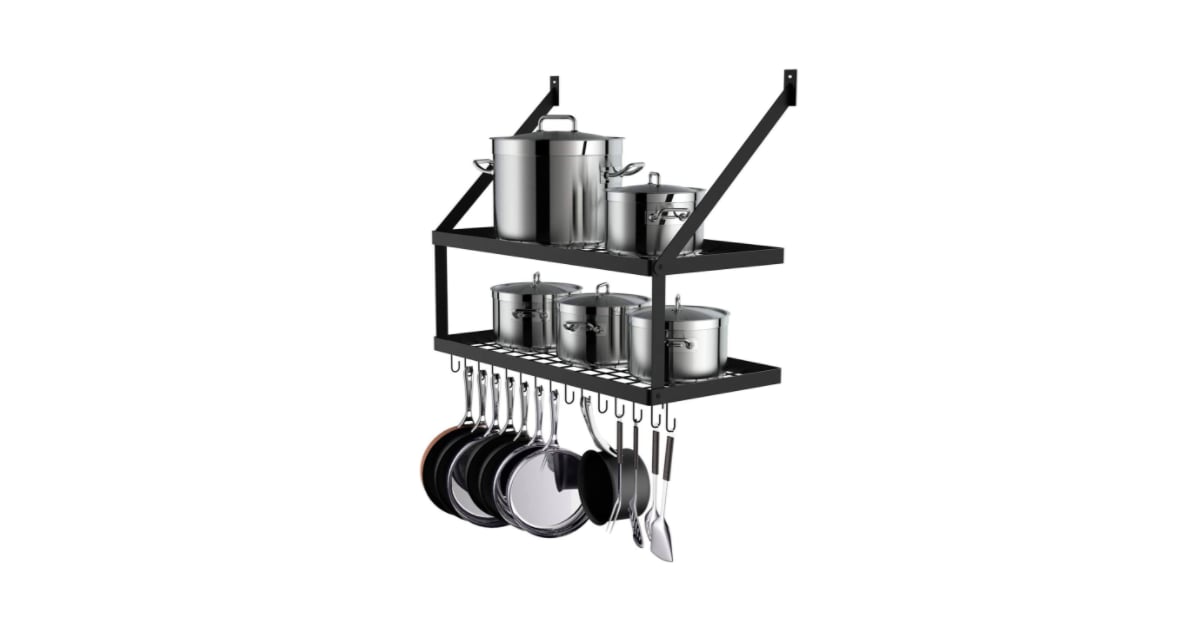
Adding a Rustic Touch to Your Modern Kitchen
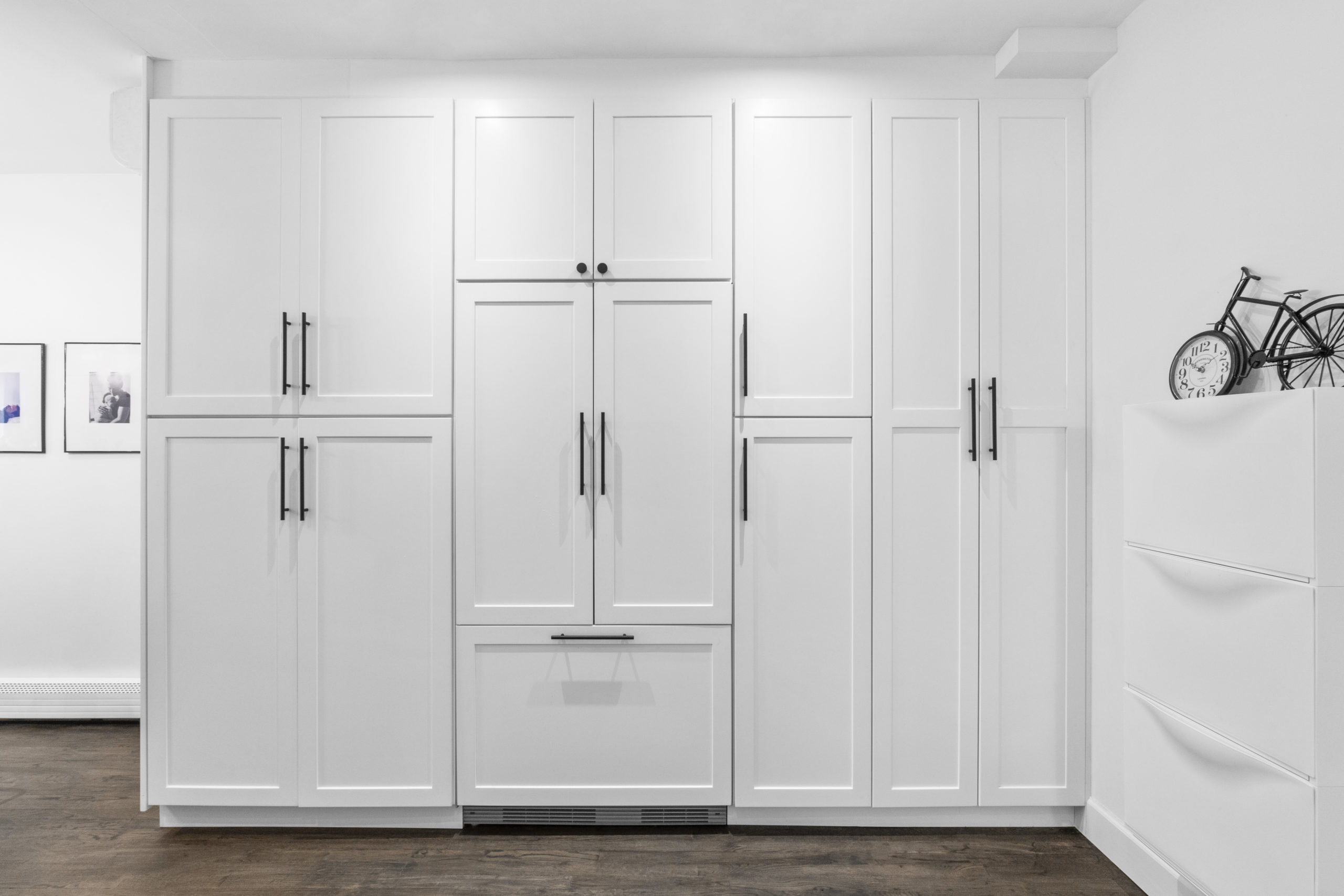 If you're looking to add a touch of warmth and character to your modern kitchen,
installing a plank wall
may be just the solution you need. This simple yet impactful design element can bring a rustic charm to your space and create a welcoming atmosphere for your family and guests.
If you're looking to add a touch of warmth and character to your modern kitchen,
installing a plank wall
may be just the solution you need. This simple yet impactful design element can bring a rustic charm to your space and create a welcoming atmosphere for your family and guests.
Choosing the Right Materials
 The first step in creating a
plank wall in your kitchen
is choosing the right materials. While traditional wood planks are a popular choice, there are also a variety of alternative options available. These include faux wood panels, reclaimed wood, and even peel and stick wallpaper that mimics the look of wood. Consider the overall aesthetic of your kitchen and choose a material that best complements it.
The first step in creating a
plank wall in your kitchen
is choosing the right materials. While traditional wood planks are a popular choice, there are also a variety of alternative options available. These include faux wood panels, reclaimed wood, and even peel and stick wallpaper that mimics the look of wood. Consider the overall aesthetic of your kitchen and choose a material that best complements it.
Prepping Your Wall
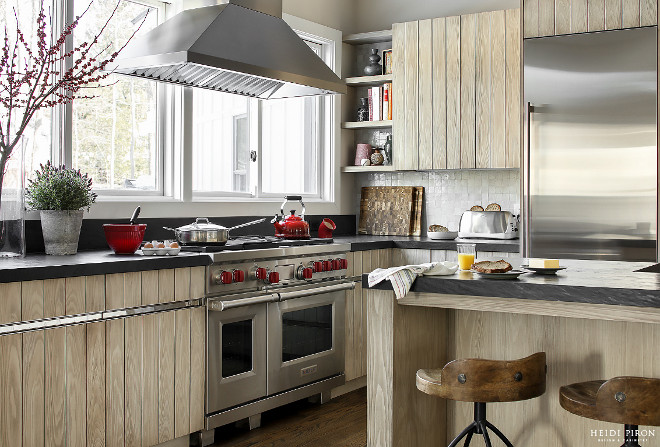 Before you start installing your plank wall,
prepare your wall by cleaning and sanding it
to create a smooth surface. This will ensure that your planks adhere properly and give you a flawless finish. It's also a good idea to prime your wall to prevent any color or texture from showing through the planks.
Before you start installing your plank wall,
prepare your wall by cleaning and sanding it
to create a smooth surface. This will ensure that your planks adhere properly and give you a flawless finish. It's also a good idea to prime your wall to prevent any color or texture from showing through the planks.
Installing Your Planks
 Now it's time to
install your planks
. Start at the top corner of your wall and work your way down, using a level to ensure each plank is straight. Use a saw to cut any planks that need to fit around corners or outlets. For a more unique look, consider adding different sized planks or creating a herringbone pattern.
Now it's time to
install your planks
. Start at the top corner of your wall and work your way down, using a level to ensure each plank is straight. Use a saw to cut any planks that need to fit around corners or outlets. For a more unique look, consider adding different sized planks or creating a herringbone pattern.
Finishing Touches
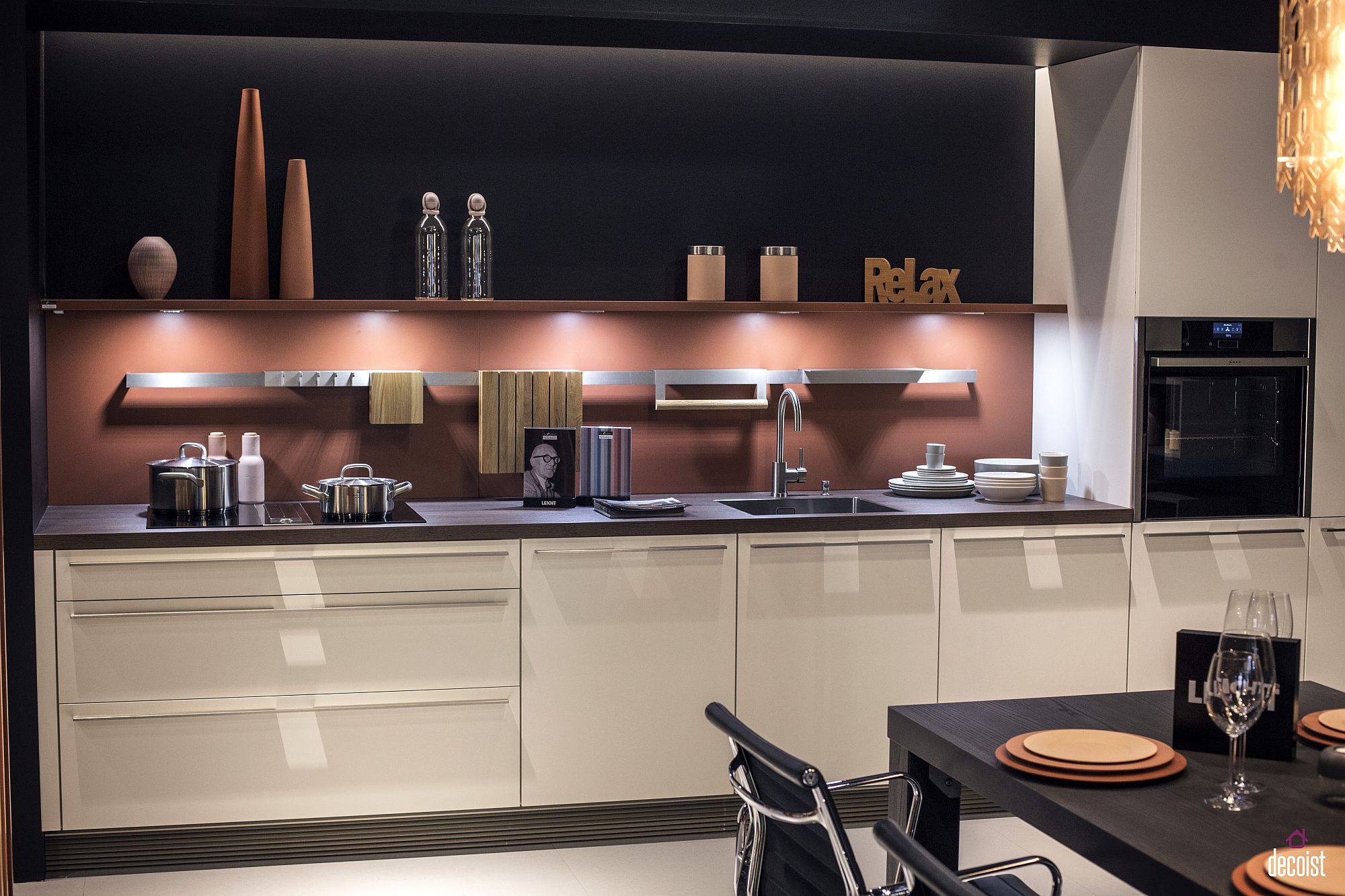 Once all your planks are installed, it's time for the finishing touches. Fill any gaps between the planks with wood filler and sand it down for a smooth surface. You can also choose to stain or paint your planks to match your kitchen's color scheme. Finally, add some decorative elements such as floating shelves, a statement clock, or a hanging plant to complete the look.
Once all your planks are installed, it's time for the finishing touches. Fill any gaps between the planks with wood filler and sand it down for a smooth surface. You can also choose to stain or paint your planks to match your kitchen's color scheme. Finally, add some decorative elements such as floating shelves, a statement clock, or a hanging plant to complete the look.
Benefits of a Plank Wall
 Not only does a
plank wall in your kitchen
add visual interest and character, but it also has practical benefits. The wood acts as a natural insulator, helping to keep your kitchen warm in the winter and cool in the summer. It also absorbs sound, making your kitchen a quieter and more peaceful space.
Incorporating a plank wall into your kitchen design is a simple and budget-friendly way to transform the look and feel of your space. It adds a touch of warmth, texture, and dimension to your kitchen while also providing practical benefits. So why not give it a try and see the difference it makes in your home?
Not only does a
plank wall in your kitchen
add visual interest and character, but it also has practical benefits. The wood acts as a natural insulator, helping to keep your kitchen warm in the winter and cool in the summer. It also absorbs sound, making your kitchen a quieter and more peaceful space.
Incorporating a plank wall into your kitchen design is a simple and budget-friendly way to transform the look and feel of your space. It adds a touch of warmth, texture, and dimension to your kitchen while also providing practical benefits. So why not give it a try and see the difference it makes in your home?



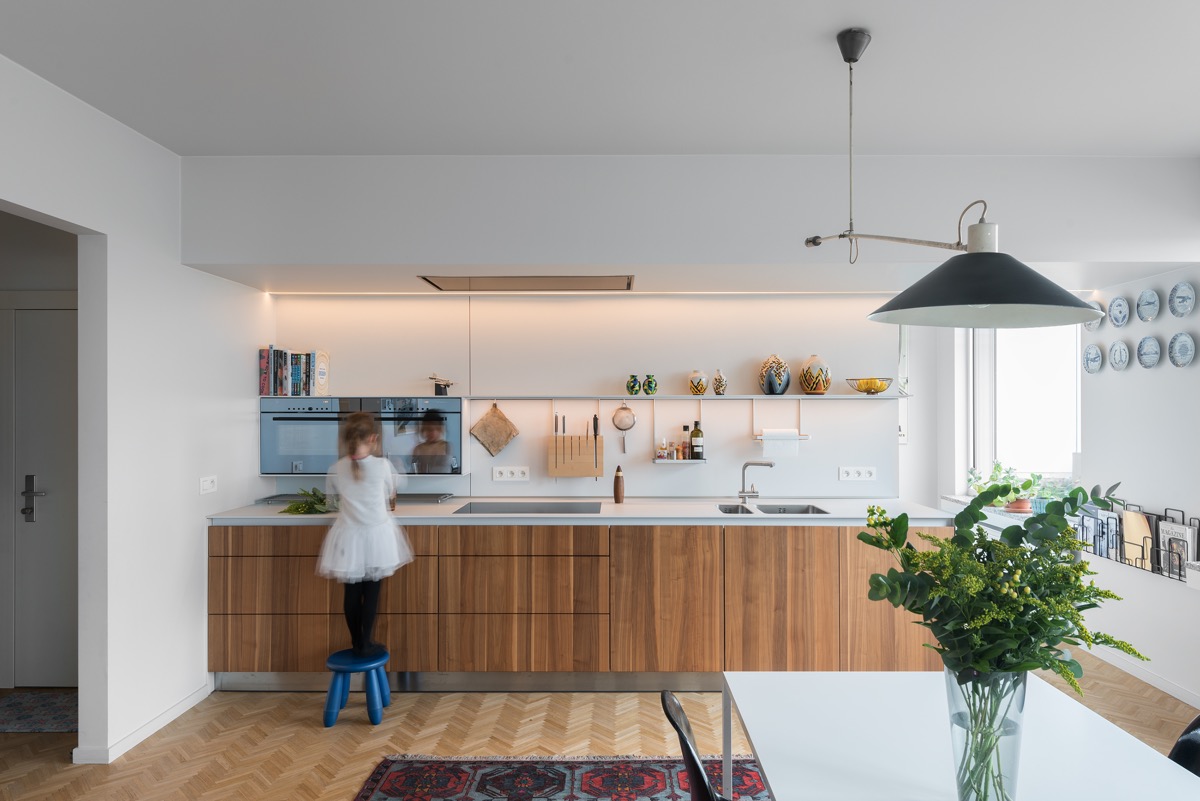

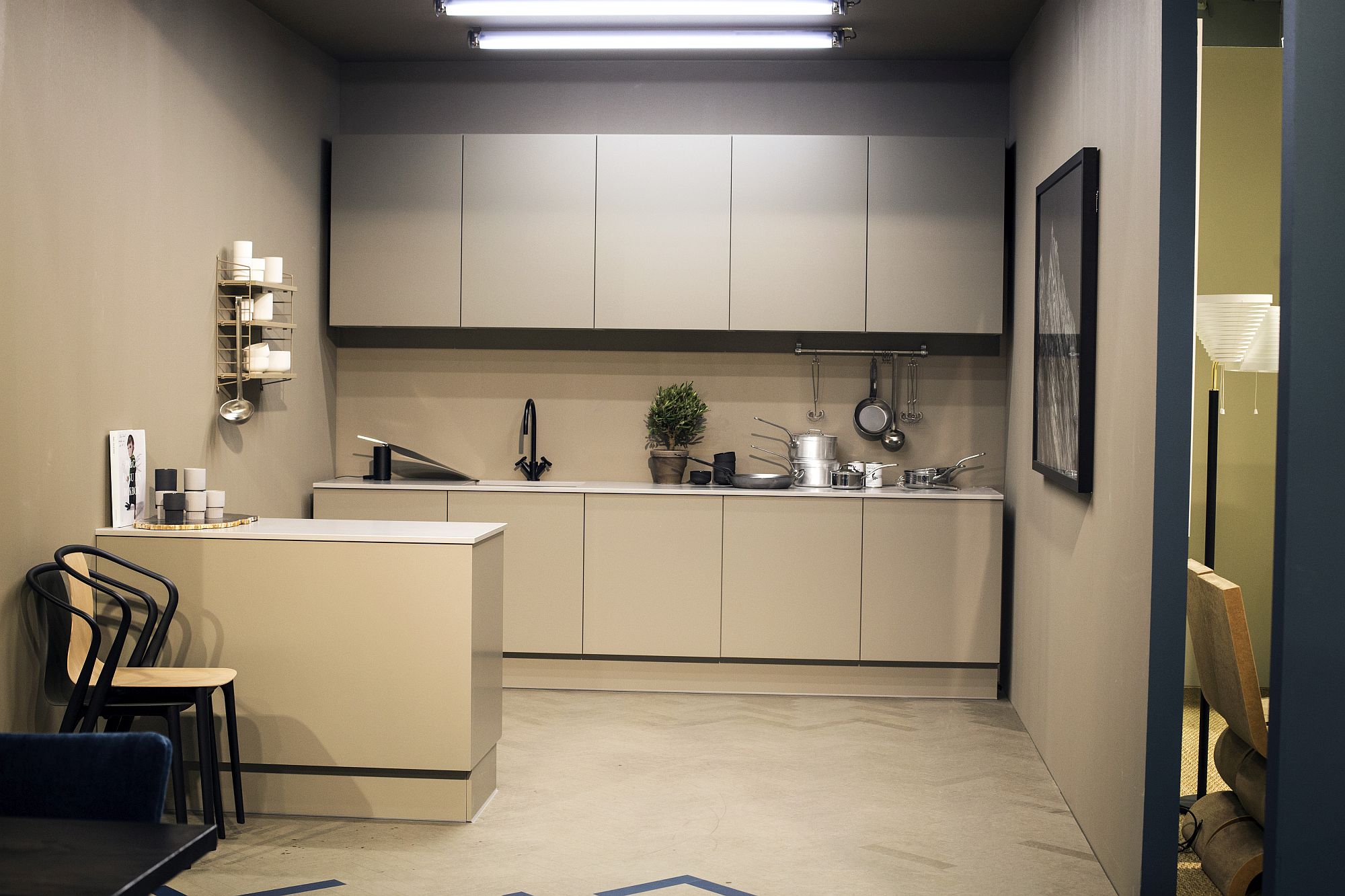
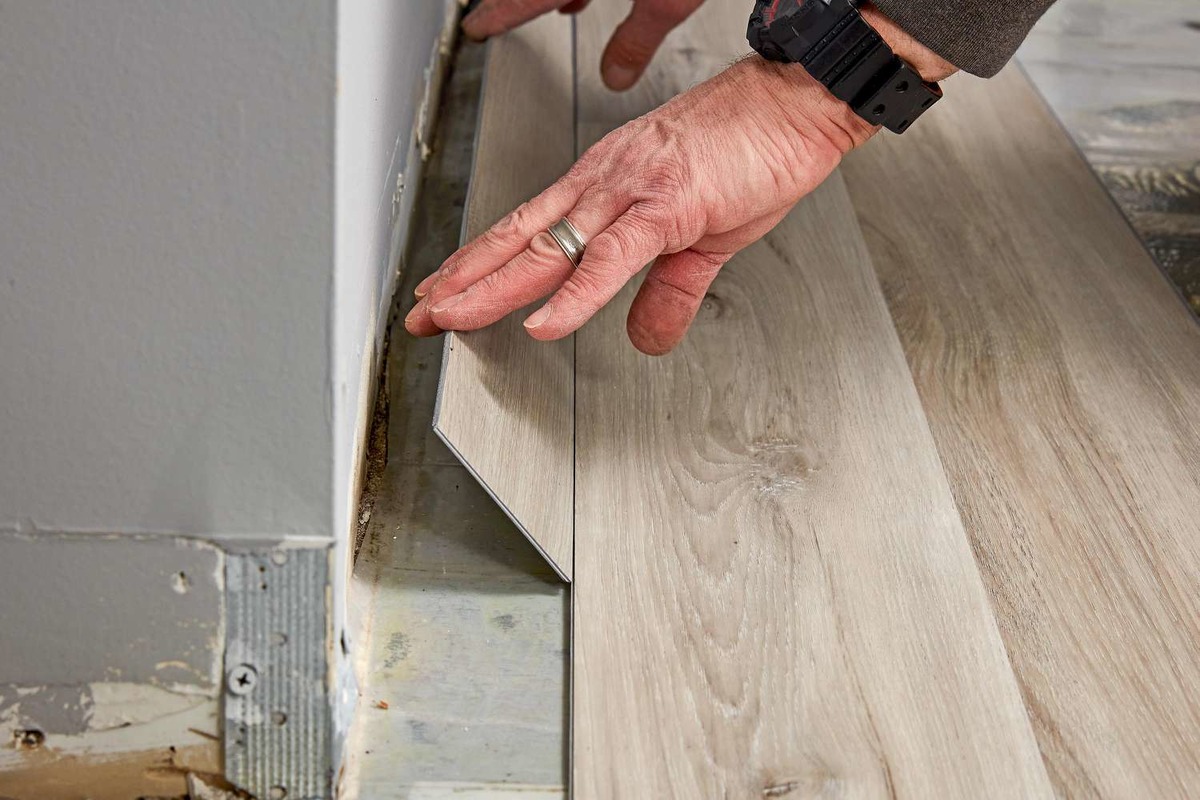
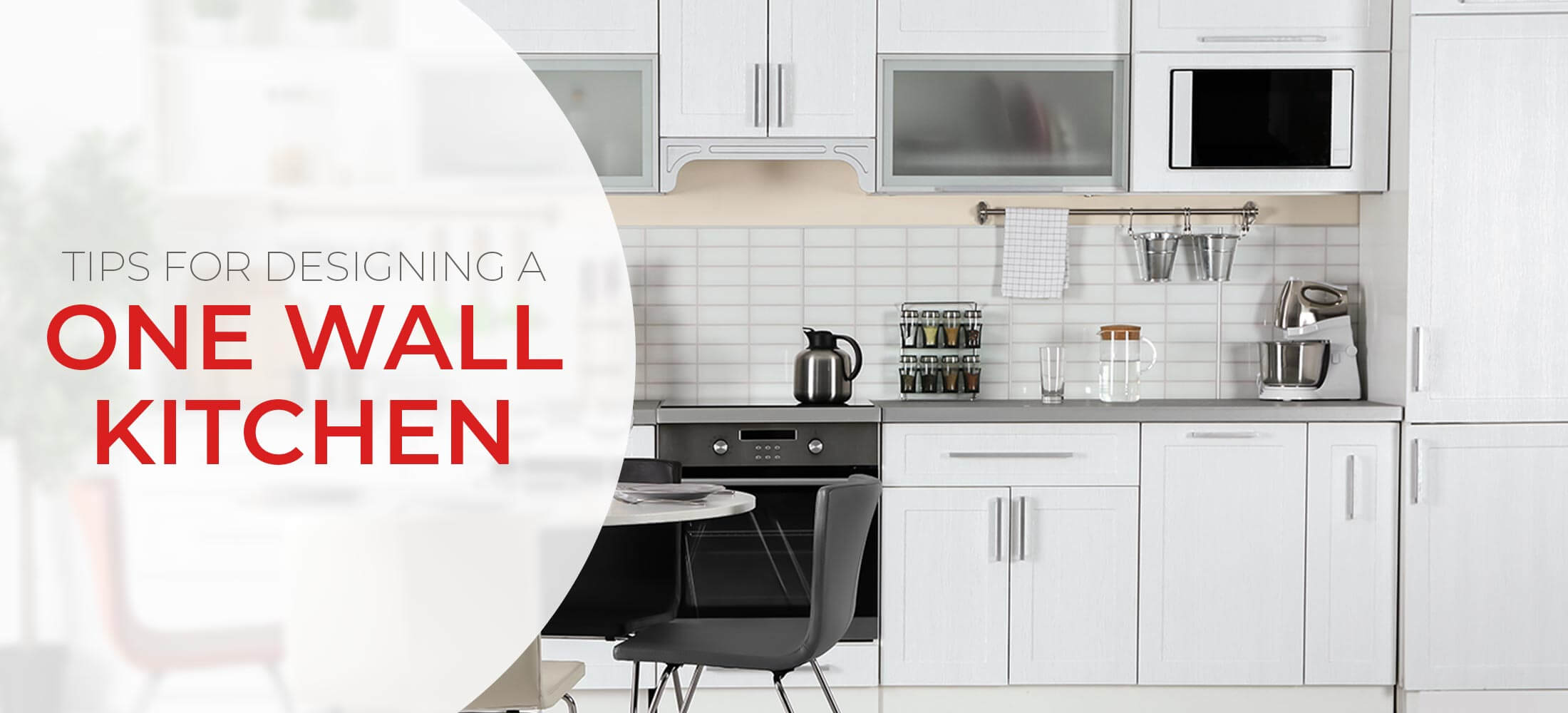
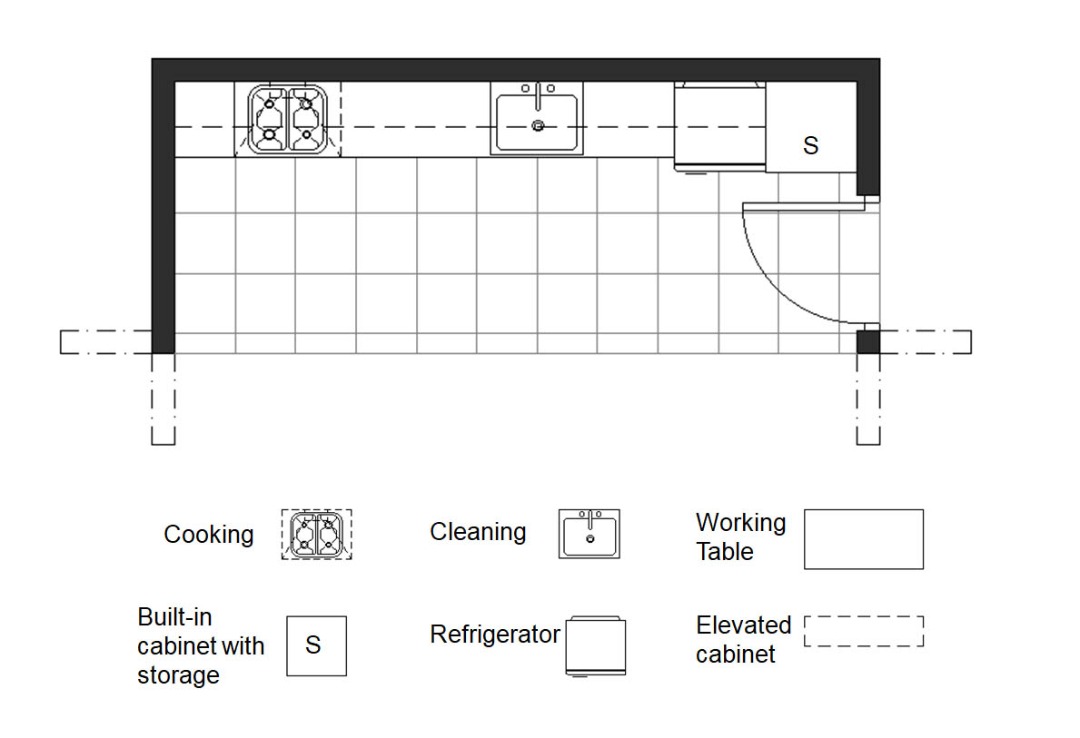

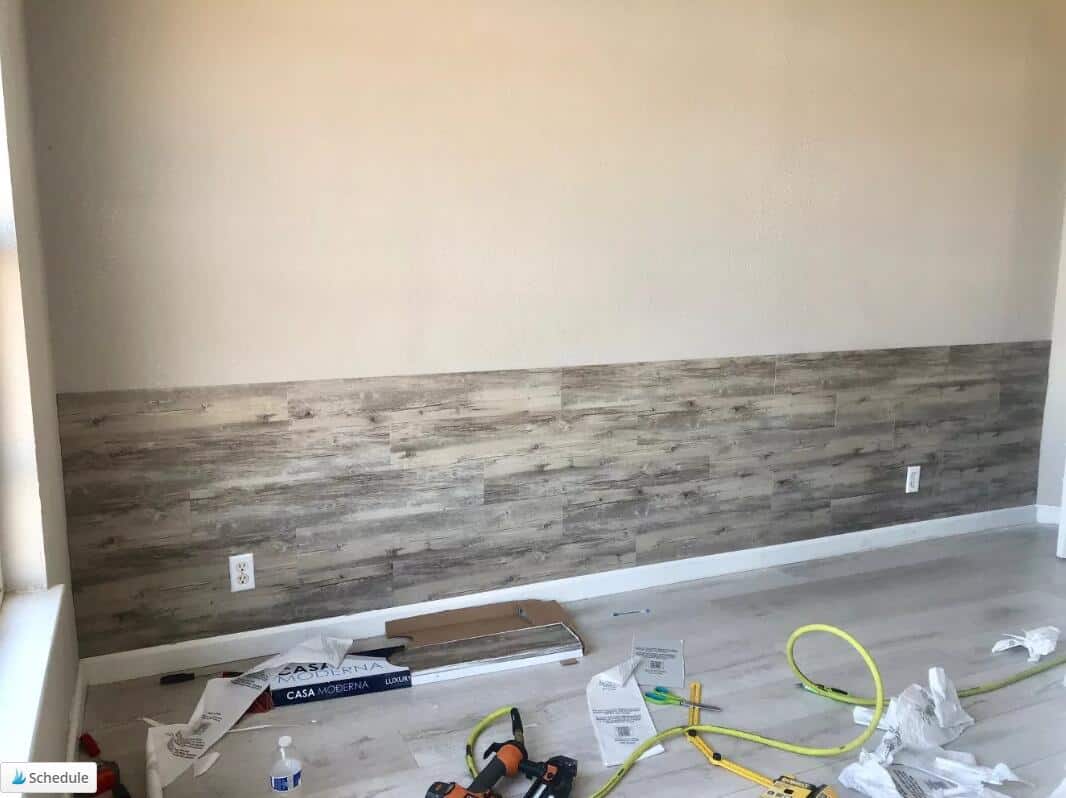
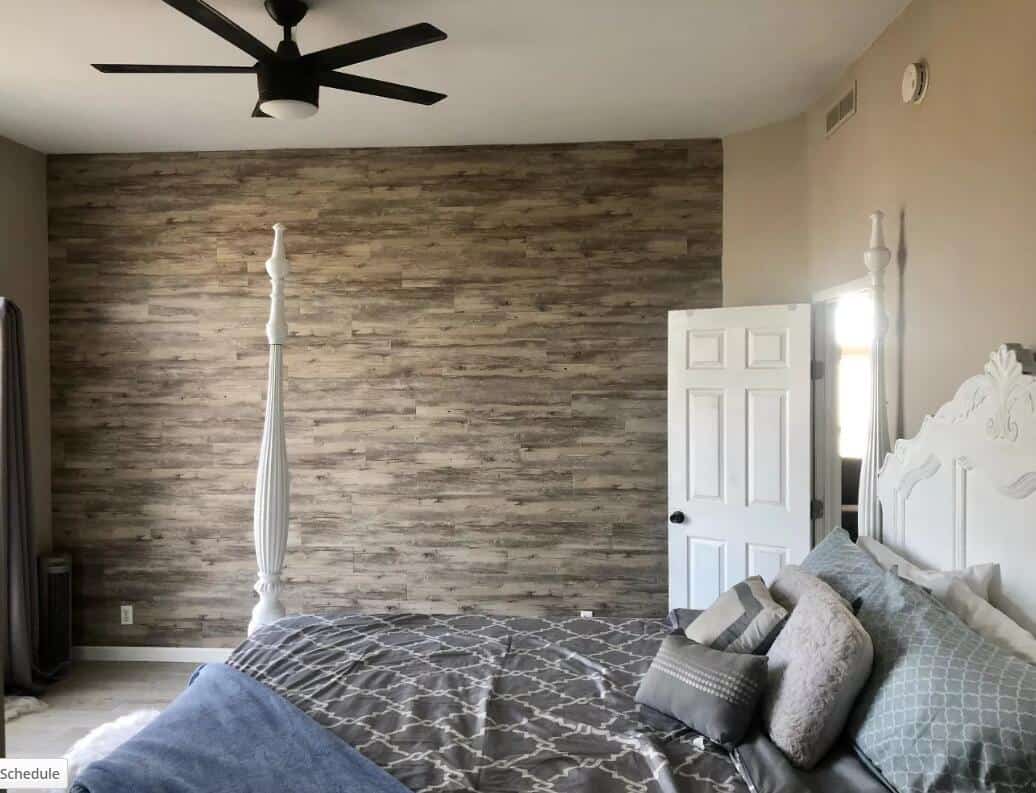



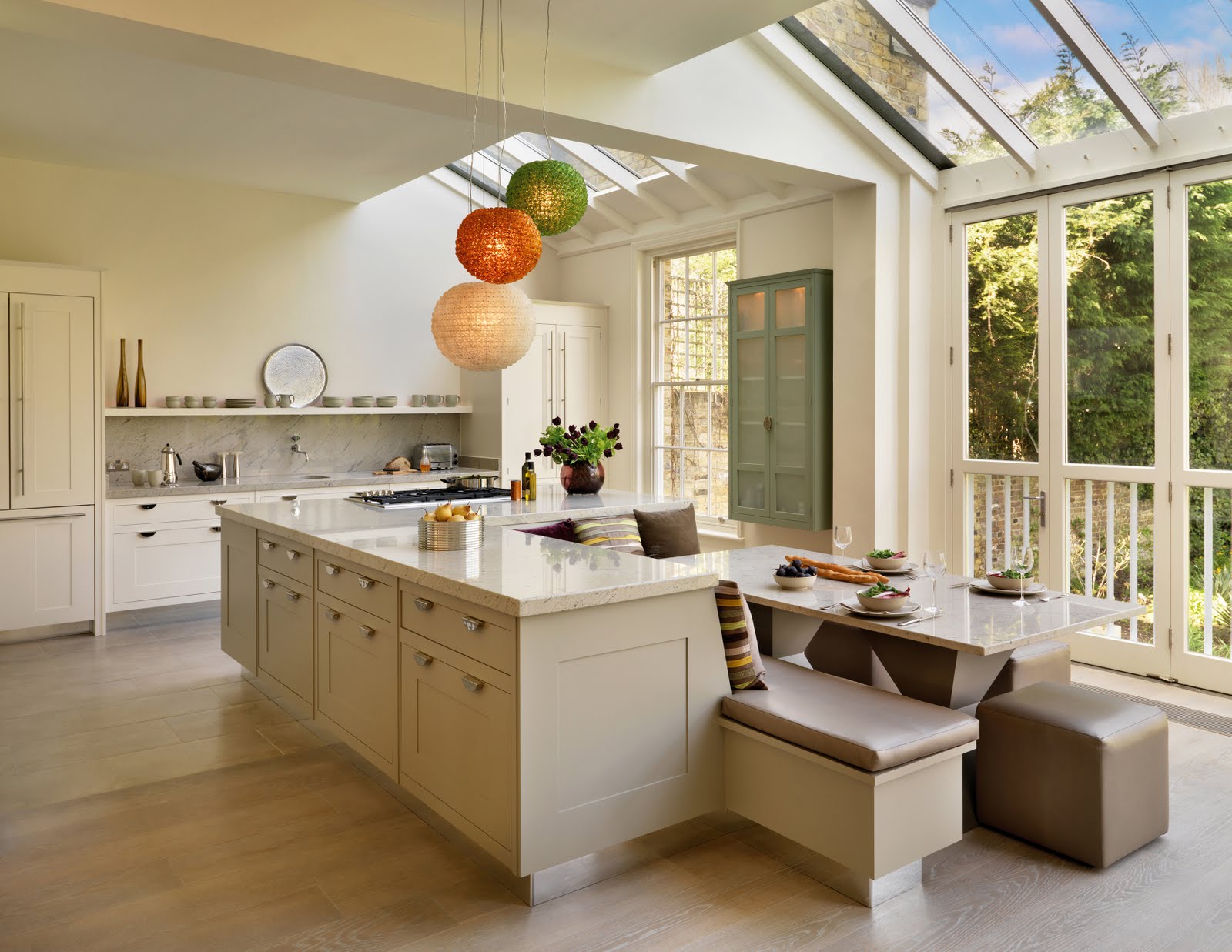






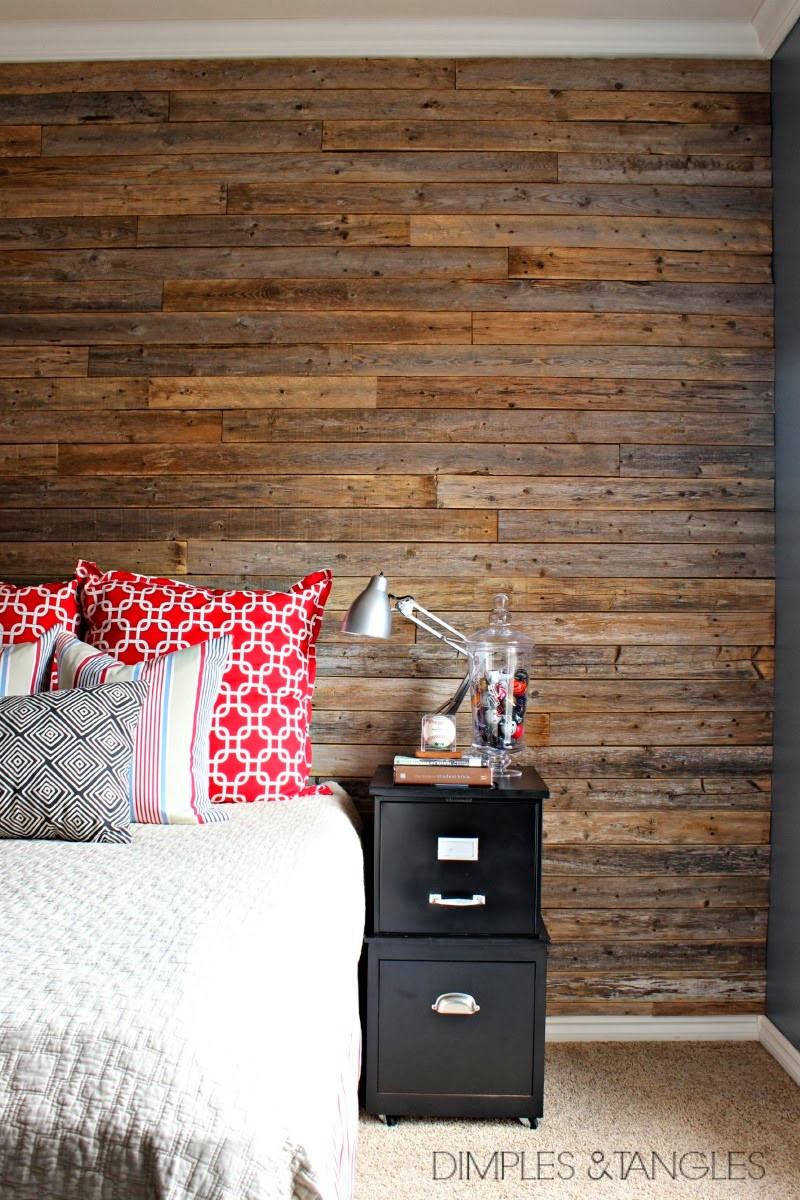
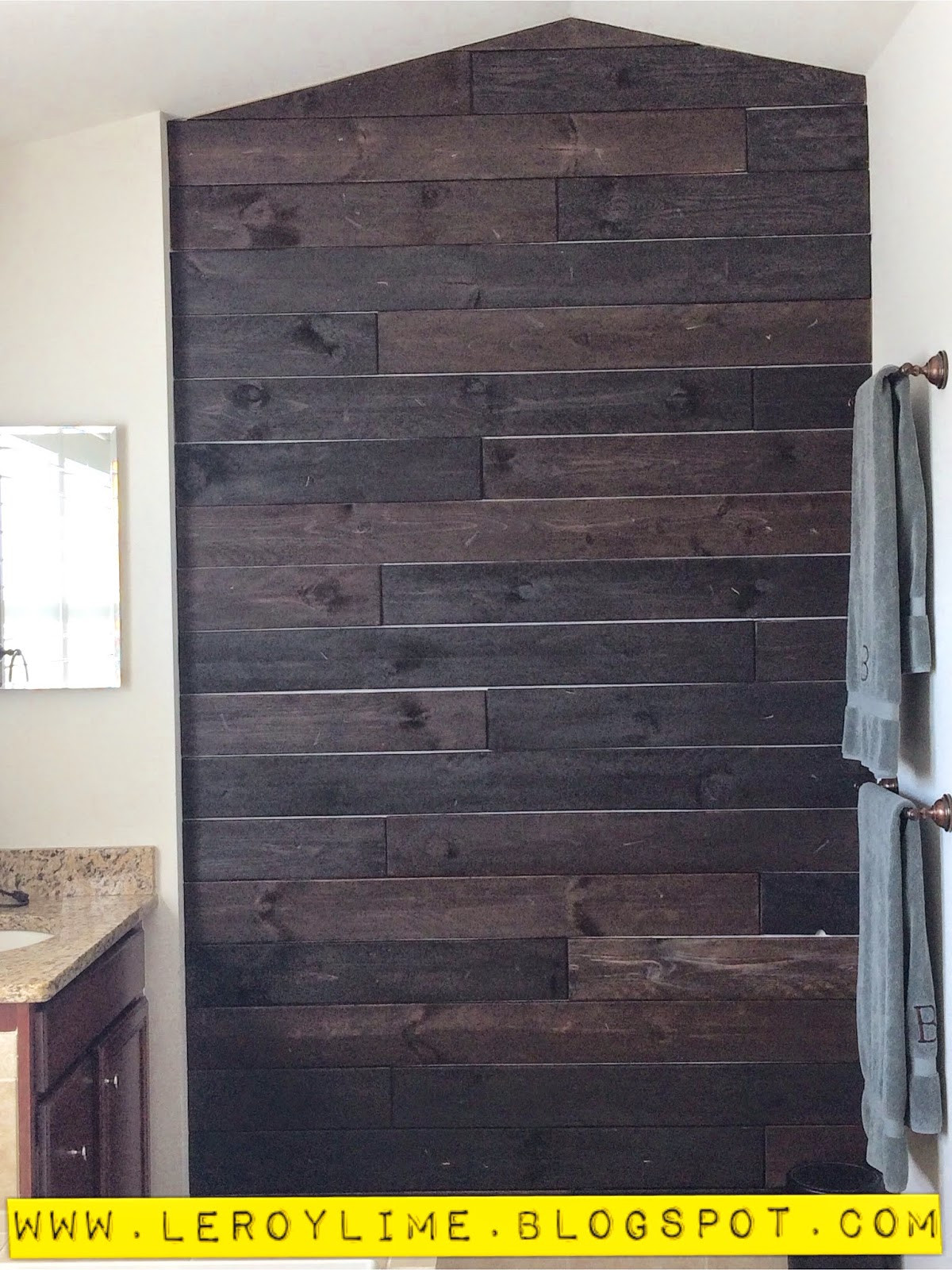


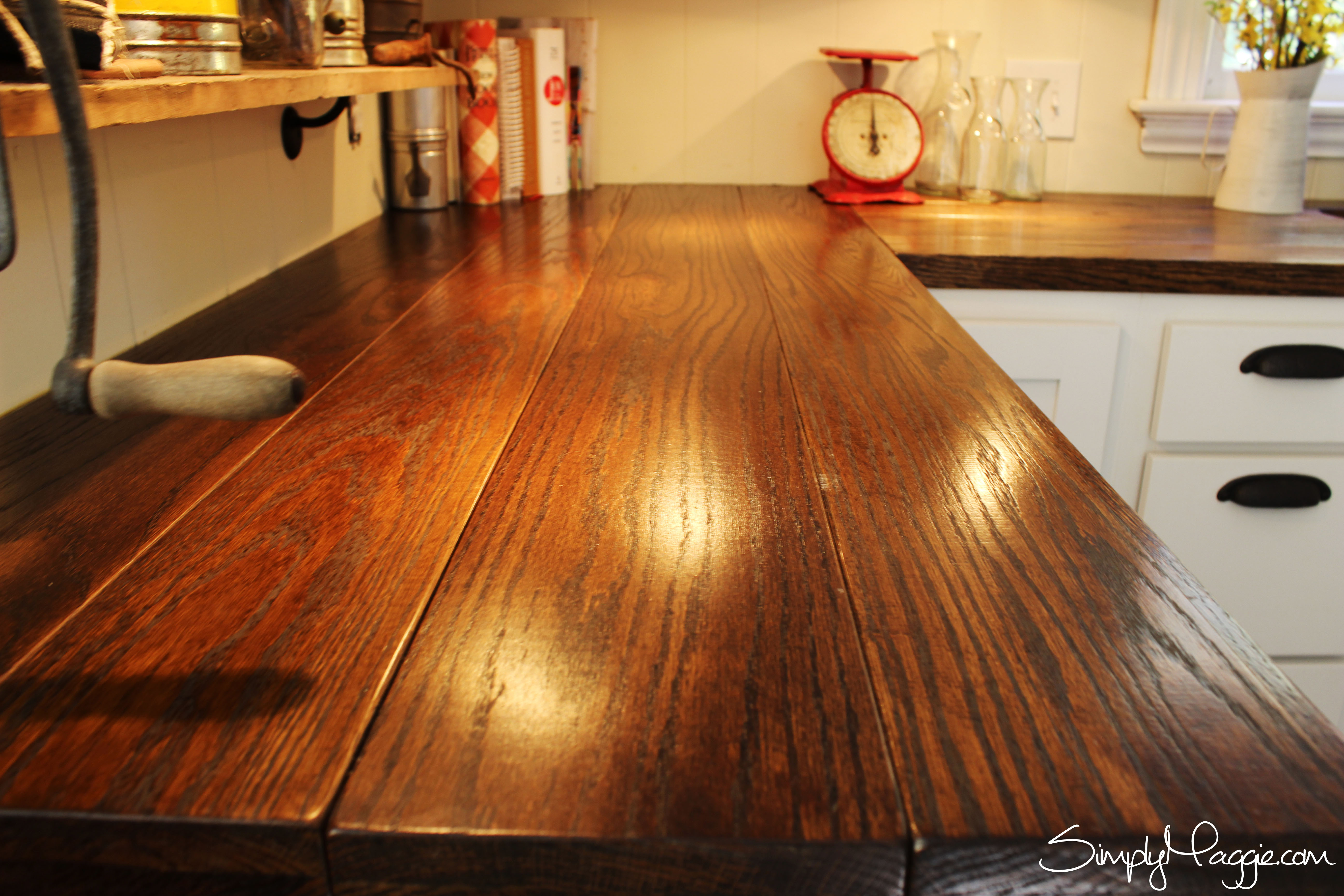









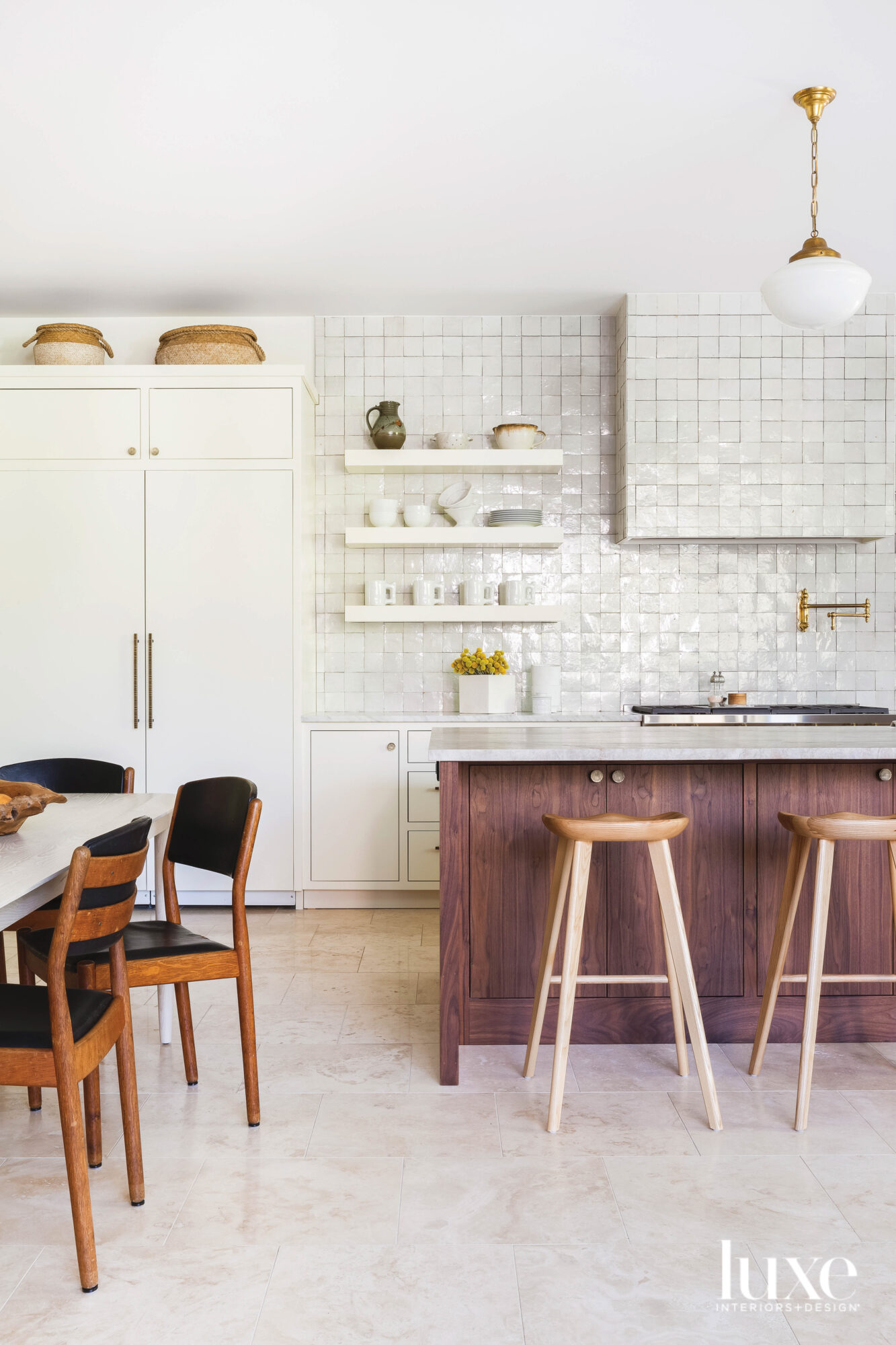



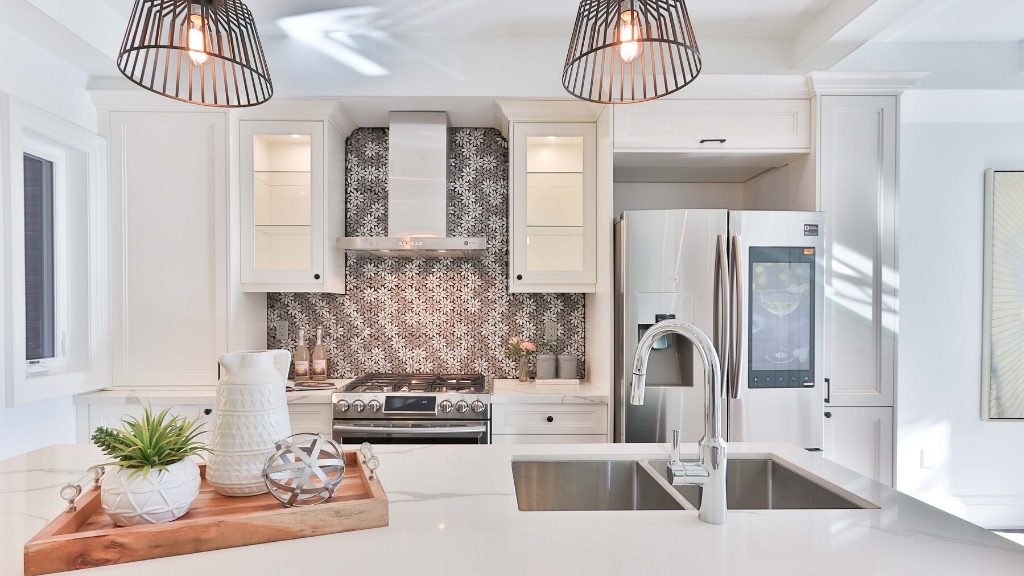





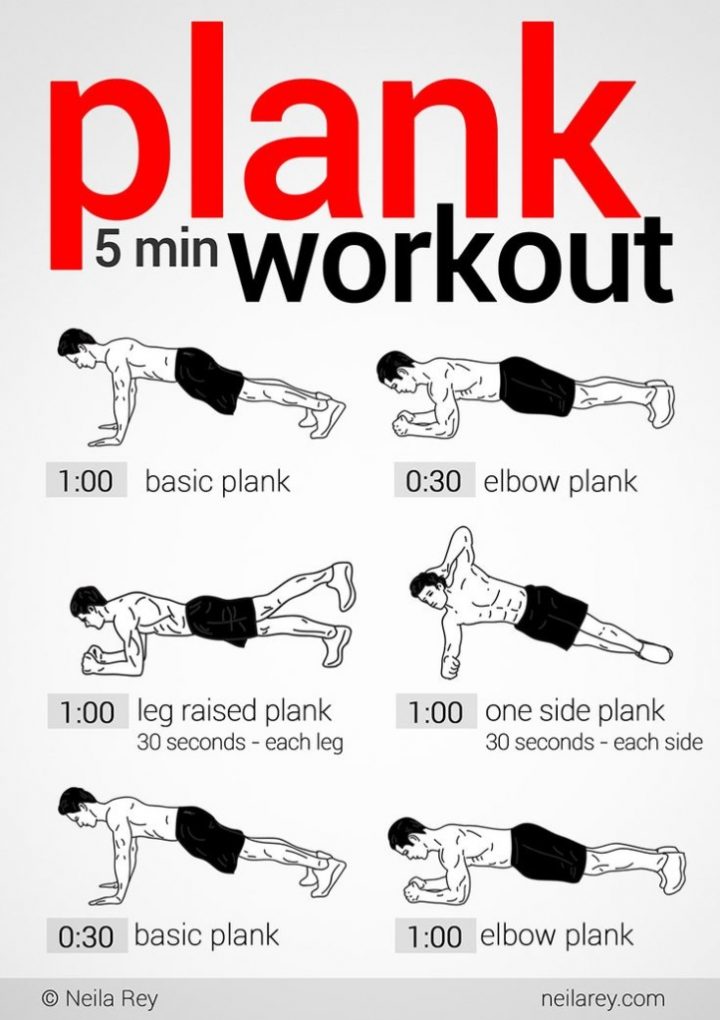
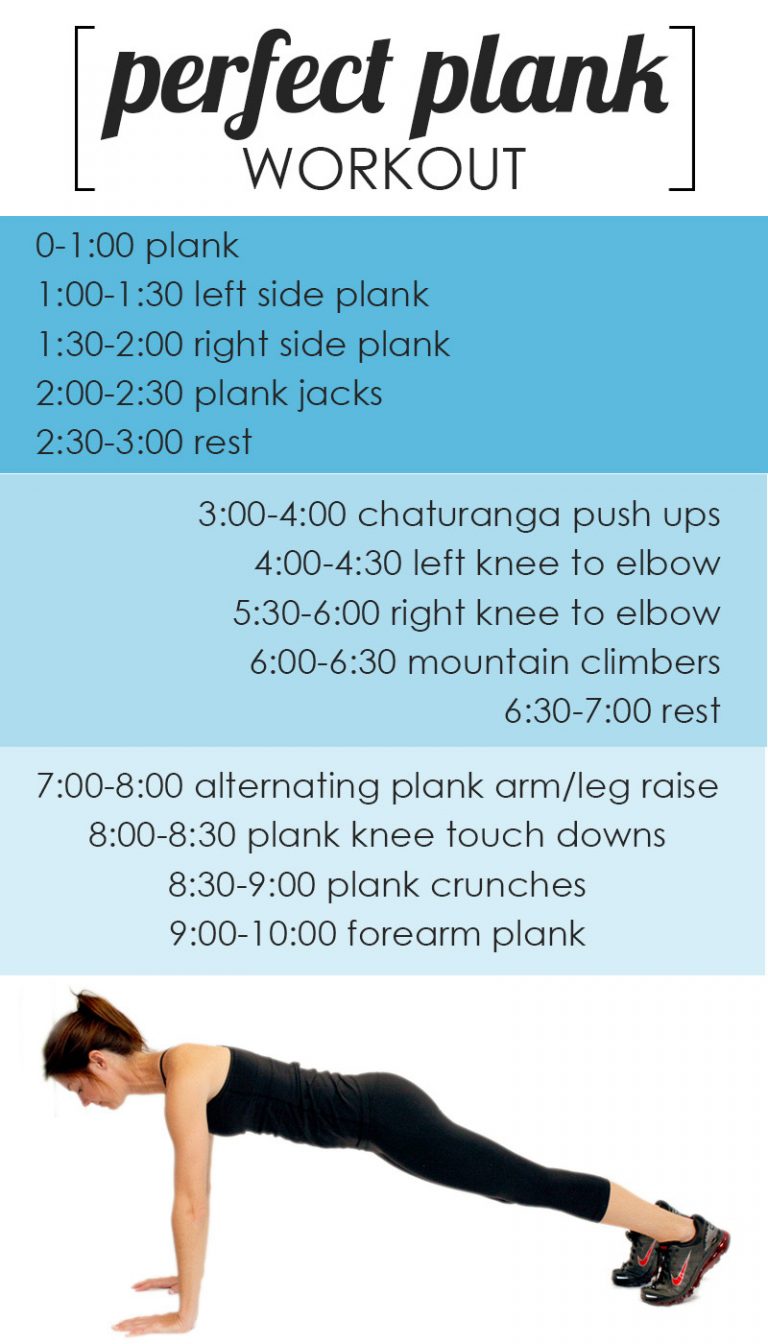


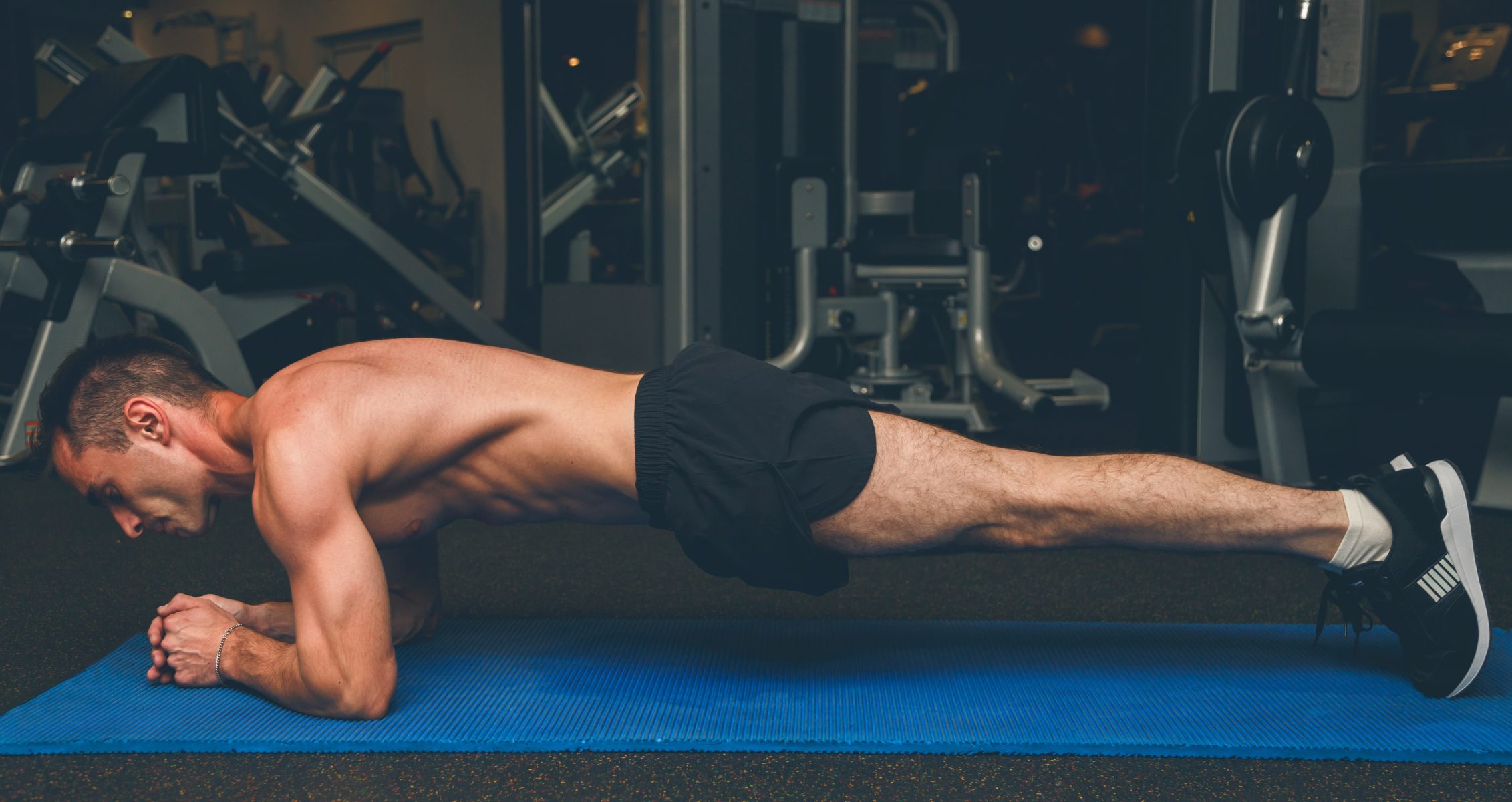
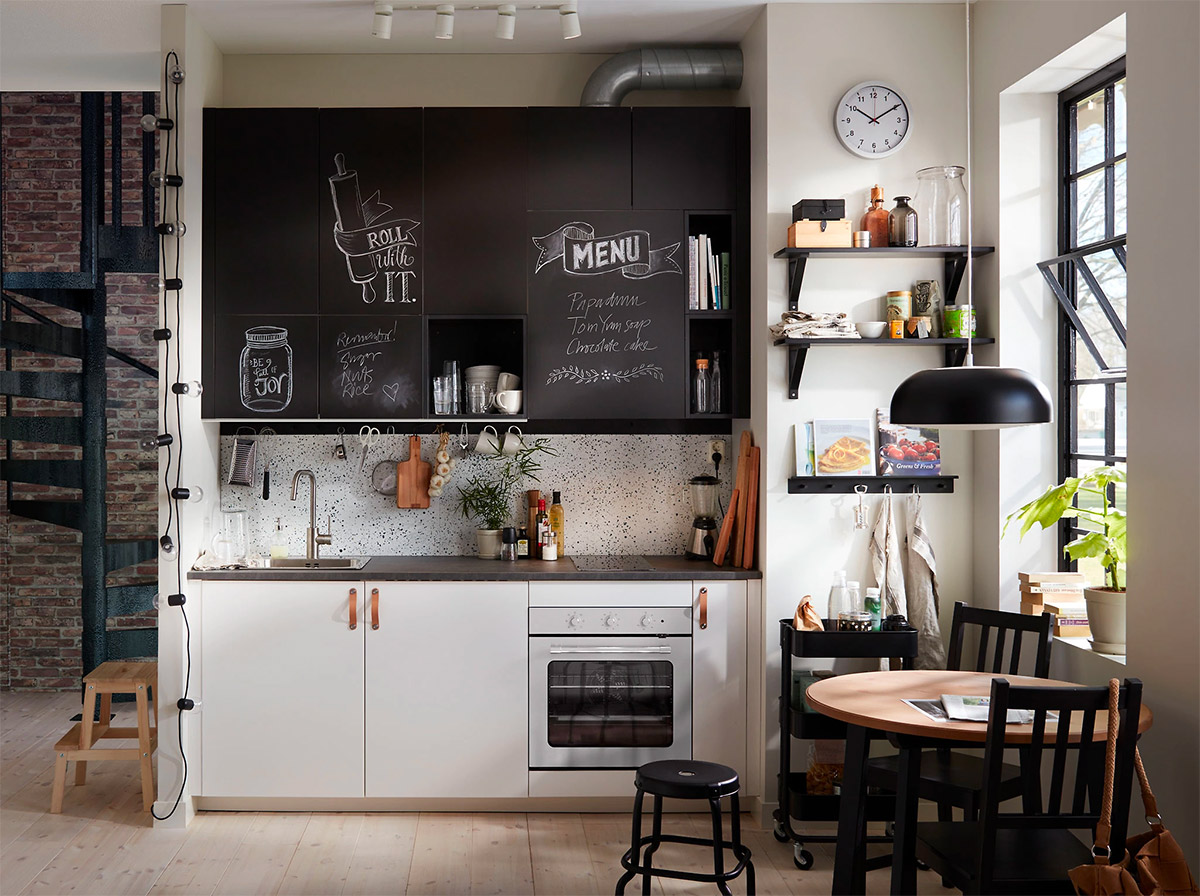





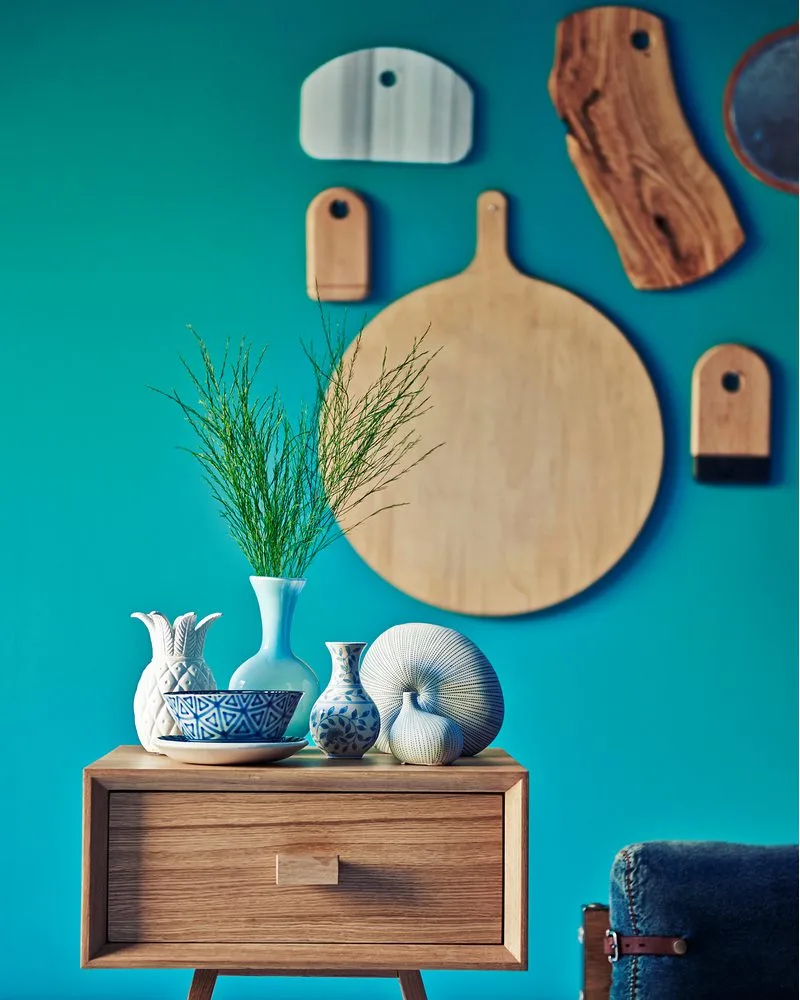
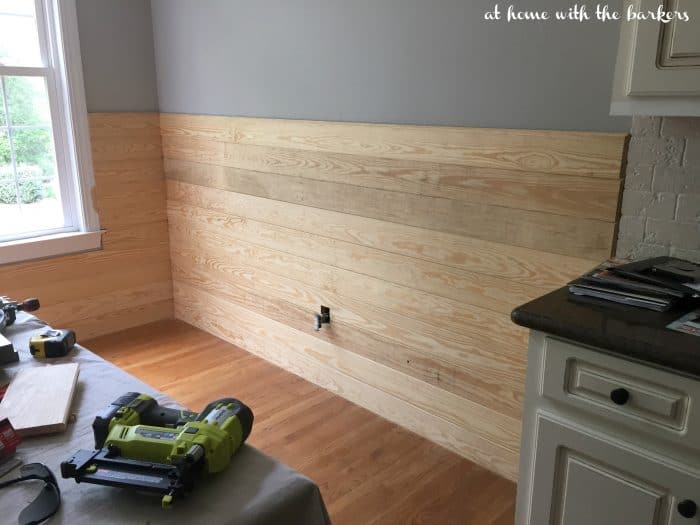
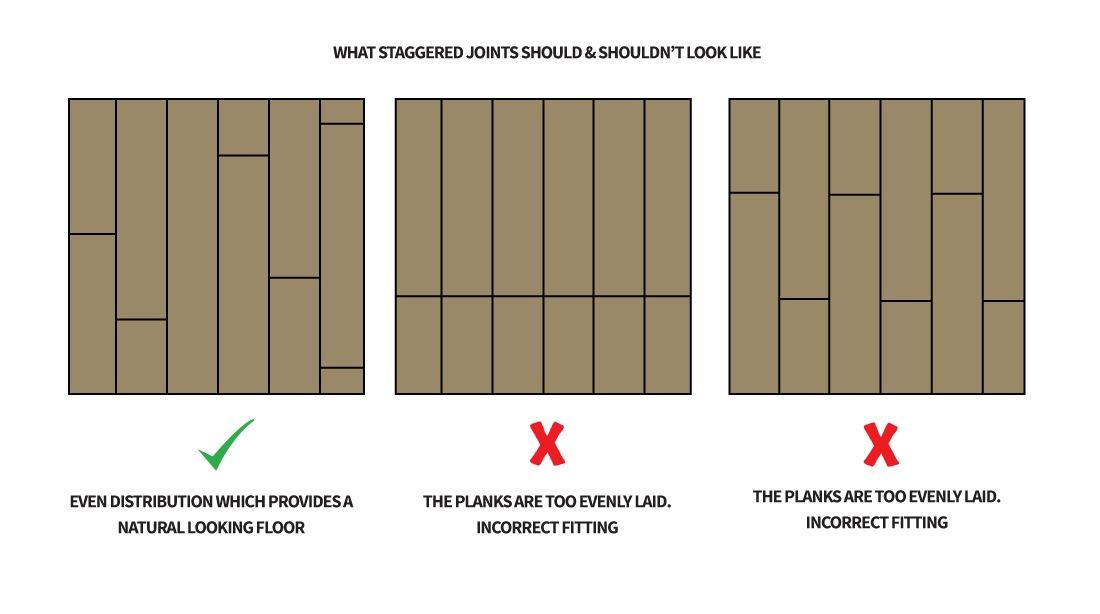


:max_bytes(150000):strip_icc()/easy-install-plank-vinyl-flooring-1822808-09-a1f83db7bdf74f279f45594b897de82d.jpg)

:max_bytes(150000):strip_icc()/GettyImages-113860134-5a04b6efb39d03003718c8a8.jpg)



